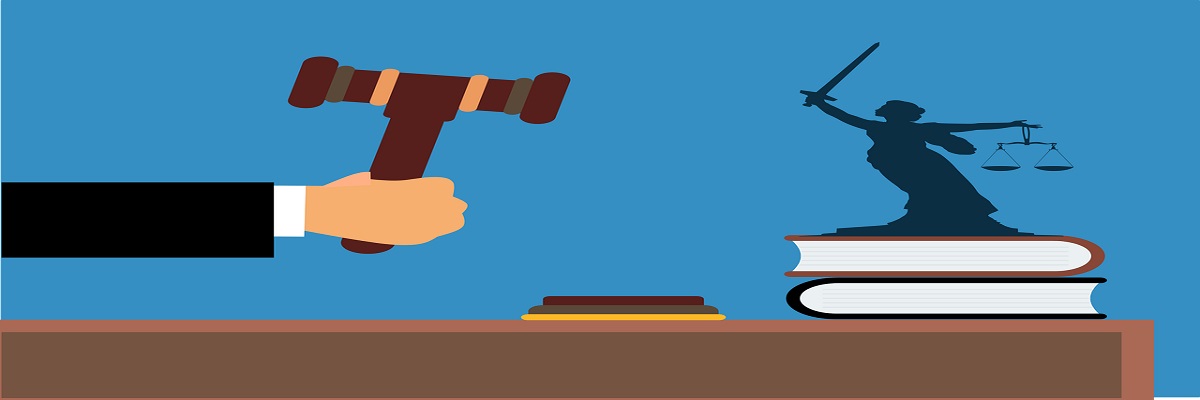Call: 888-297-6203
There is a general process for filing for bankruptcy. It includes –
- Gathering paperwork and bankruptcy form
- Filing for bankruptcy petition
- Meeting with your bankruptcy trustee
- Dischargeable debts are discharged.
When filing there are 2 commonly filed chapters, chapter 7 and chapter 13.
Step 1- an acknowledgment of all the consumer bankruptcy chapters that can be filed.
If you need more time to repay your debt then you should go for chapter 13 and make a repayment plan.
If you want all dischargeable debts to be discharged and give you a new life then you should file for chapter 7.
If you want a good attorney reach the Recovery law group – (888-297-6203).
Step 2- Take the first credit counseling class.
It is mandatory to take the class and you will need to file the certificate of completion with the court. It is done to prevent you from going into debt in the future and filing for bankruptcy again.
Step 3- create a statement of intention.
In the statement of intention, you will give details on how you are planning to repay your secured debts. In chapter 7 you could provide non-exempt properties to be sold off and repay your debt or you can reaffirm, surrender the collateral, or pay off the remaining debt with a motion to redeem. In chapter 13 you can keep your properties and just follow the repayment plan.
Step4 – file bankruptcy
You need to file for bankruptcy in your local bankruptcy court, this will include providing the court with all the necessary information like total debt, your income, etc, and all the bankruptcy forms. The court will assign you a trustee and a case number. When your case is approved it will stop all types of collection efforts and foreclosures called the automatic stay.
In chapter 7 certain types of debts cannot be discharged like alimony, student loans, etc. But your credit card debt, medical bills, etc can be discharged. It will stop wage garnishment too.
It will affect your credit score tremendously. It will lower your score and your credit cards will most likely be closed.
Step 5- filing fee
There is a fee to file your case. You can either pay the whole amount together within 120 days or in 4 installments but you cannot miss any date or else your case can get dismissed.
Step 6- the 341 meeting with the creditors.
The bankruptcy trustee will ask you to come prepared to the meeting with some documents. It can be tax returns, paycheck copies, or any related documents asked by the trustee. Your creditor will ask you some questions and the meeting is mostly over in 10-15 minutes, he/she will also see if you are fit for the chapter you filed for. The trustee will then provide the creditors with proper documents.
Step 7- Take the second credit counseling course.
Once the case is filed, within 60 days from the creditor’s meeting you will have to take the course in financial management and fuel the certificate with the court.
Step 8- rebuilding your credit score.
The case will be in your credit report for up to 10 years. You can rebuild your credit score by signing up for a repaid or secured credit card and on-time payments if a loan is taken and minimum new debts.
Step 9- make any needed changes.
If anything changes during your case you need to inform the court. And if it is found that you lied, you can face charges of perjury.

